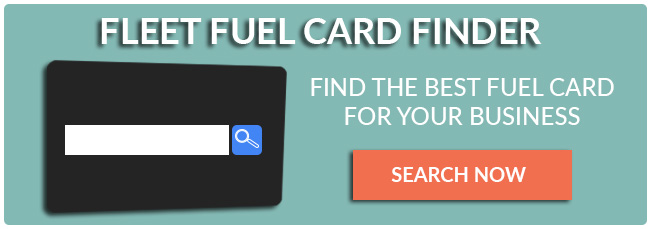People do everything on their phones now. Find the best place to eat, compare prices at the store, find the quickest way home, or even look up the random trivia question someone asks over dinner. Making actual phone calls is probably the least used portion of a phone.
Now imagine buying the latest iPhone just to make phone calls. You never do anything else, just make phone calls. That would be a complete waste of money. You could go down to Walmart and buy a pay as you go flip phone for a fraction of the price to do the same thing.
Like an iPhone, using a fuel card for the sole purpose of purchasing fuel is pointless, you might as well use a credit card.
You might think, “Well isn’t having control the whole point of a fuel card?” Yes, but you’d be surprised at how many fleets have no controls set on their fuel cards or are completely misusing the fuel card controls all together.
That’s why we put together this list of fuel card controls for you to see what’s available and think about how each control can apply to your business.
Preventative Fuel Card Controls (Before The Transaction)
Preventative controls are the controls that are set before you even hand out the fuel cards to your drivers. These controls are set to help eliminate any driver fuel card misuse or fraud from the start.
- Pin Number – 4 to 6 digit pin number to verify user and activate card at the pump
- Odometer – current odometer reading helps track MPG and update maintenance records
- Truck Number – To keep track of which vehicles is being fueled for drivers that drive multiple vehicles
- Job Number – Helps allocate fuel cost to a specific project to you can bill customers accurately
- Fuel Only – default fuel card setting that limits drivers to only purchasing fuel products
- Fuel and Other – some fuel cards have the ability to purchase maintenance items such as roadside assistance, oil changes, tires, etc..
- Number of Transactions – number of times a driver can fuel per day
- Dollar Amount – limits the driver to purchasing a certain dollar amount per transaction, day, week, or month
- Gallon Amount – limits a driver to purchasing a certain gallon amount per transaction, day, week, or month
- State Lockout – locks out other States where a company would never need to buy fuel
- Zip Code Lock Out – locks out zip codes where a company would never need to buy fuel
- Product Lockout (Cardlock sites only) – limits drivers to only purchasing the appropriate fuel for their vehicle (gas only/diesel only)
- Time of Day – limits drivers to only purchase fuel within scheduled work hours
- Day of Week – limits drivers to only purchase fuel on specific days
- Cardlock Only – limits fuel cards to purchase at cardlock stations only
Automatic Alerts (After The Transaction)
Fuel card alerts are the icing on the cake. They help identify any loophole in your preventative control setup so you can stay on top of your drivers purchases.
- E-receipt – a receipt is immediately emailed after every transaction
- Purchase Alert – a detailed alert that can be set to notify you after every transaction or for specific parameters such as a driver buying the wrong type of fuel
- Card Watch – Sends alerts whenever a card is swiped even before a purchase is made
What’s The Next Step?
Now as a fleet manager you shouldn’t be working on this by yourself. Your fuel card company should be able to review your drivers and vehicles and help you put together a full proof setup.
But to get started here’s some info you will want to gather;
- Driver shift times
- Vehicle fuel types (gas/diesel)
- Fuel tank sizes
- Average daily/weekly usage by driver/truck
This data will give you a good reference point to start setting up controls for your fuel cards.

